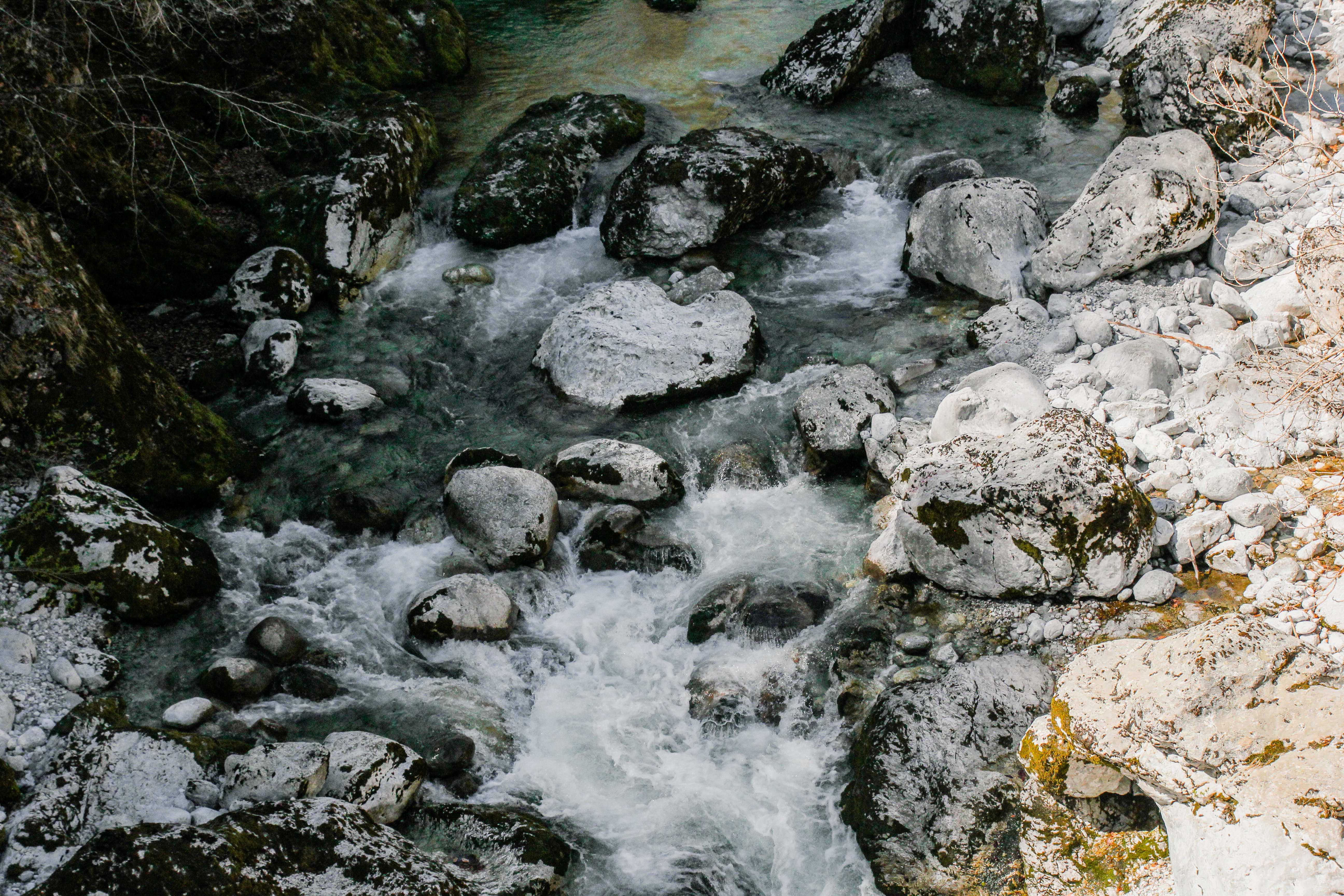Abstract
As borders gradually open up once again, the consequences of the first two years of the COVID-19 pandemic are casting light on the renewed importance of regional and national borders. This is also true of European national borders – which had already been tested by the intensification of migratory flows and populist impulses – now in the process of becoming unwilling symbols of the restrictions ushered in by the pandemic. Closed for months, or at the very least made difficult to get through by health-related restrictions, the internal EU national borders that European peoples were coming to think of as a thing of the past were, quite suddenly, extremely concrete once again. This is a process that has been brought even more dramatically to the fore by the tragedy of the war in Ukraine.
From the starting point of these premises, the Print no border project explored the border and frontier concepts via xylographic practice, juxtaposing, stratifying, and comparing the geographical representation of boundaries with images borrowed from nature and the man-made elements that boundaries cut through.
References
Anceschi A. (2021) Il confine orientale. Edizioni del Capricorno
Anderson B. (1991) Imagined communities: reflections on the origin and spread of nationalism. London: Verso.
Aime M. (2018) ‘Prefazione’ in Atlante delle frontiere. Muri conflitti, migrazioni. Addeditore
Belpoliti M. (2011) ‘Atlante storico dell’Italia’ [online] Available at https://www.doppiozero.com/dossier/disunita-italiana/atlante-storico-dellitalia (Accessed: 4 June 2022)
Bertin J. (1967) Semiology of Graphics: Diagrams
Carroll L. (1893) Sylvie and Bruno Concluded
Garfield S. (2012) On the map. Who the world looks the way it looks. Profile books
Ghirri L. (1973) Atlante [online] Available at https://www.archivioluigighirri.com/artworks/atlas (Accessed: 4 June 2022)
Hashmi Z. (2001) Dividing Line, Home is a foreign place, Atlas of my world [online] Available at https://www.zarina.work/ (Accessed: 4 June 2022)
Ingold T. (2016) Lines. Routledge Kristof L. K. D. (1959) ‘The Nature of Frontiers and Boundaries’ Annals of the Association of American Geographers, vol. 49, no. 3, Association of American Geographers, Taylor & Francis, Ltd. [online] Available at http://www.jstor.org/stable/2561460 (Accessed: 4 June 2022)
Kugy J. (1931) La mia vita. Nel lavoro, per la musica, sui monti
La Cecla F. (1997) Il malinteso. Antropologia dell’incontro, Laterza
Madotto A. (1982) La Val Resia ed i suoi abitanti, Mariano del Friuli, L’offset
Perondi L., Polenghi A., Turchi D. (2008) ‘Cartografia’, Progetto Grafico, 12/13, AIAP Edizioni
Power V. (2021) ‘Finding Home’, Pressing Matters Magazine, 16
Powers of Ten (1968, 1977) Directed by Charles and Ray Eames [online] Available at https://www.eamesoffice.com/the-work/powers-of-ten (Accessed: 4 June 2022)
Rossi M. (2016) La geografia serve a fare la guerra? Riflessioni interno a una mostra, Fondazione Benetton Studi e Ricerche con Antiga Edizioni, Treviso Steenwijk H. ‘Il Resiano’ [online] Available at http://www.resianet.org/site/resiano/ (Accessed: 4 June 2022)
Tertrais B., Papin D. (2018) Atlante delle frontiere. Muri conflitti, migrazioni, ADD Editore (2015) L’Atlas des frontières: Murs, conflits, migration

This work is licensed under a Creative Commons Attribution 4.0 International License.
Copyright (c) 2024 Laura Bortoloni
